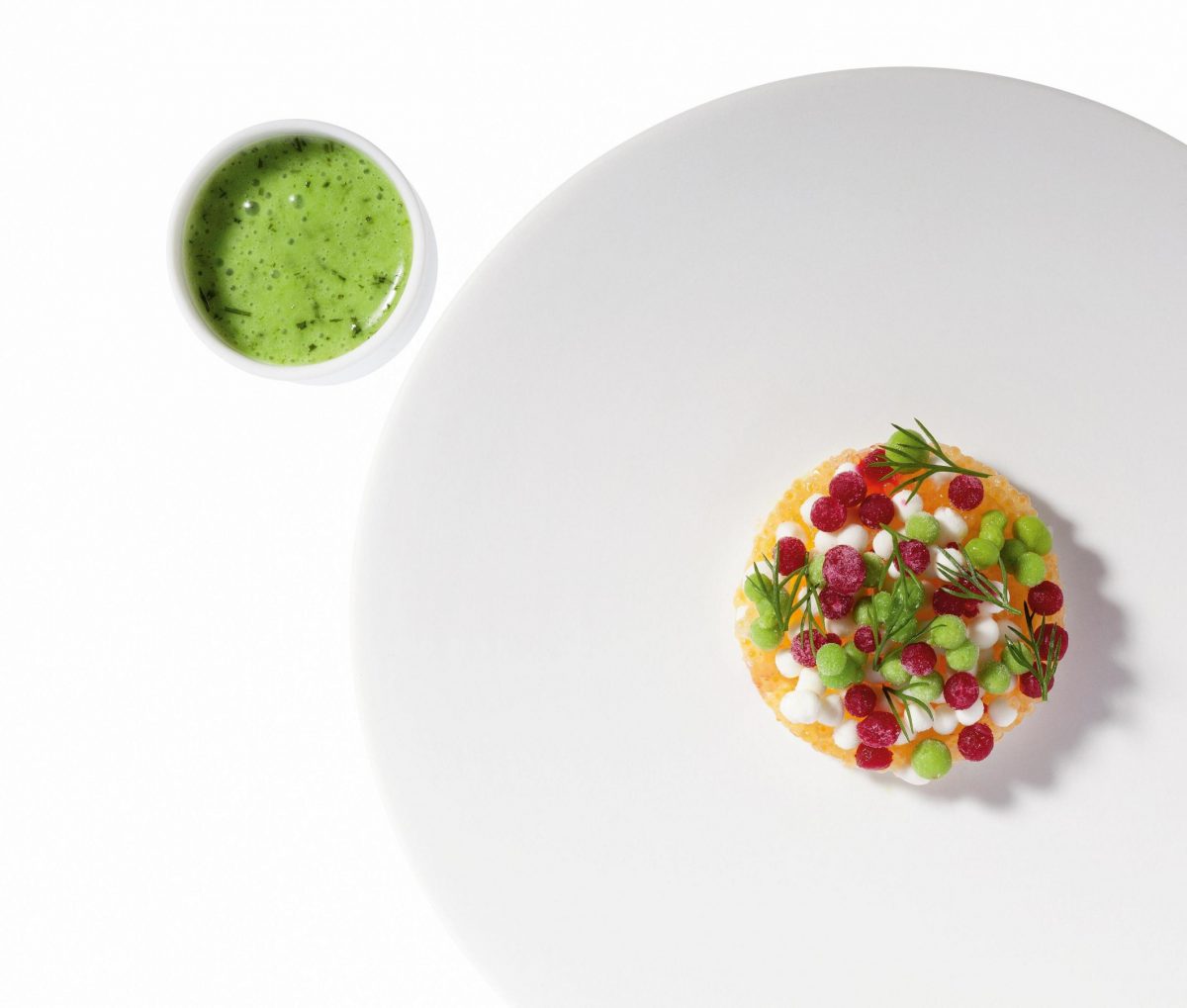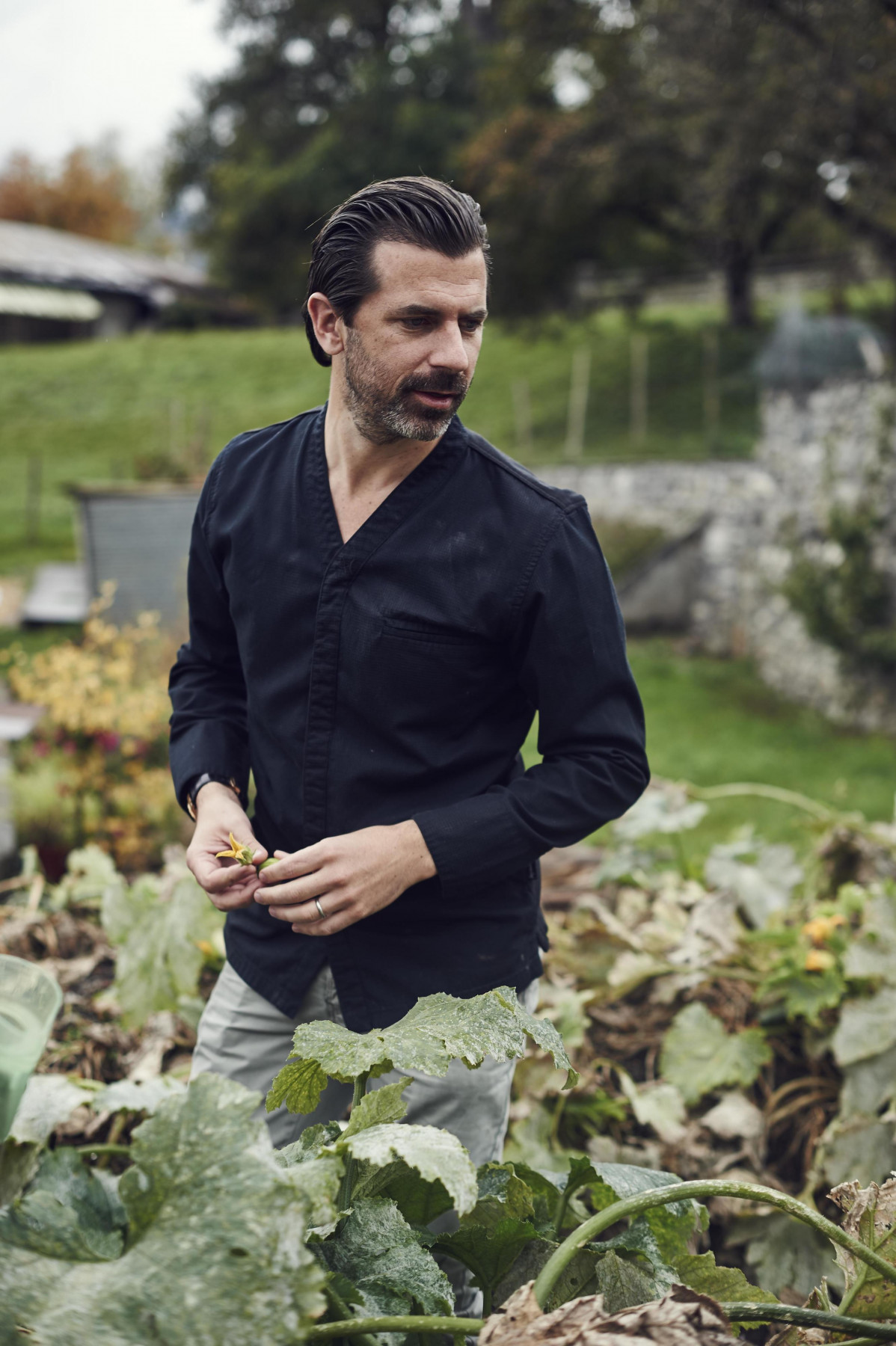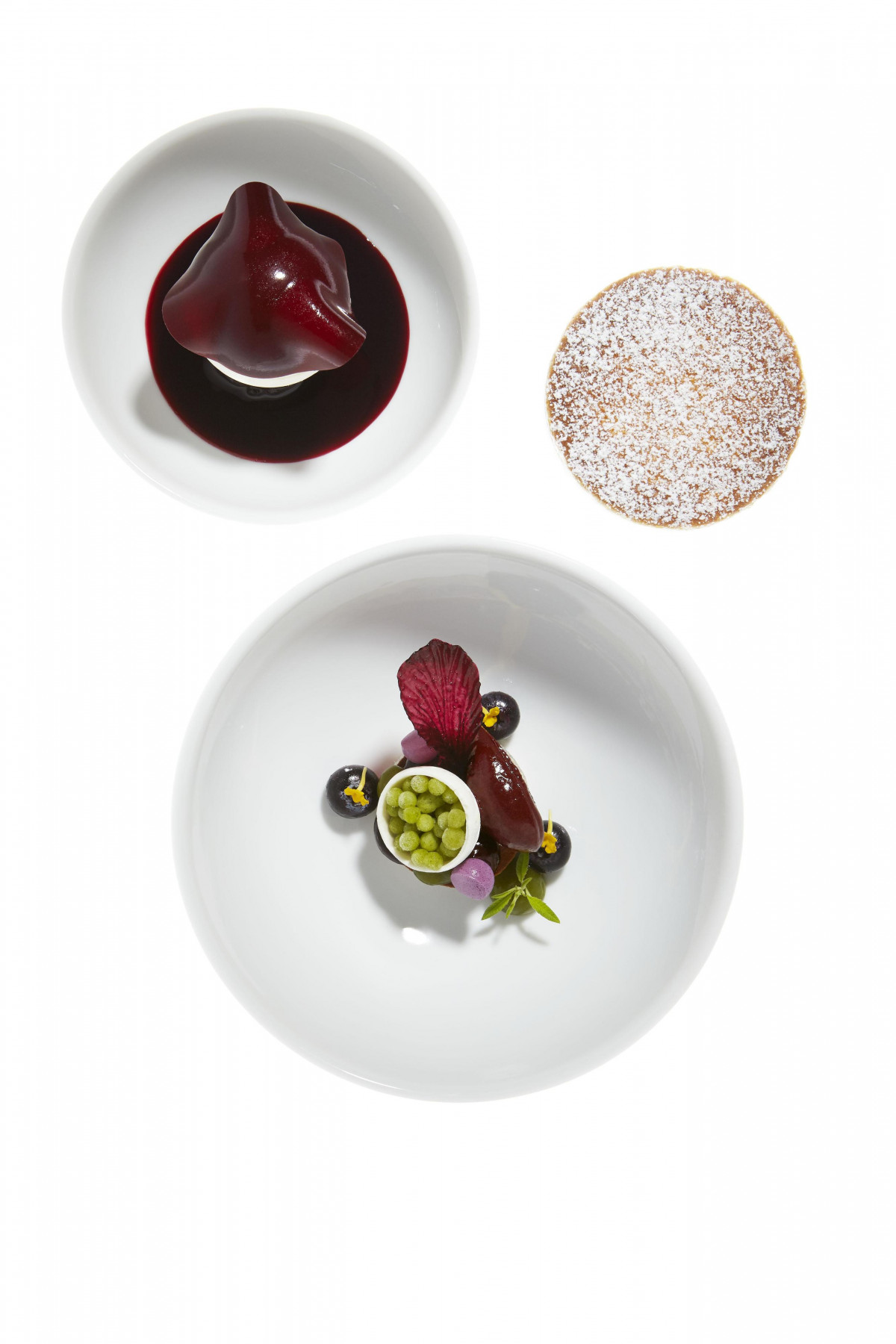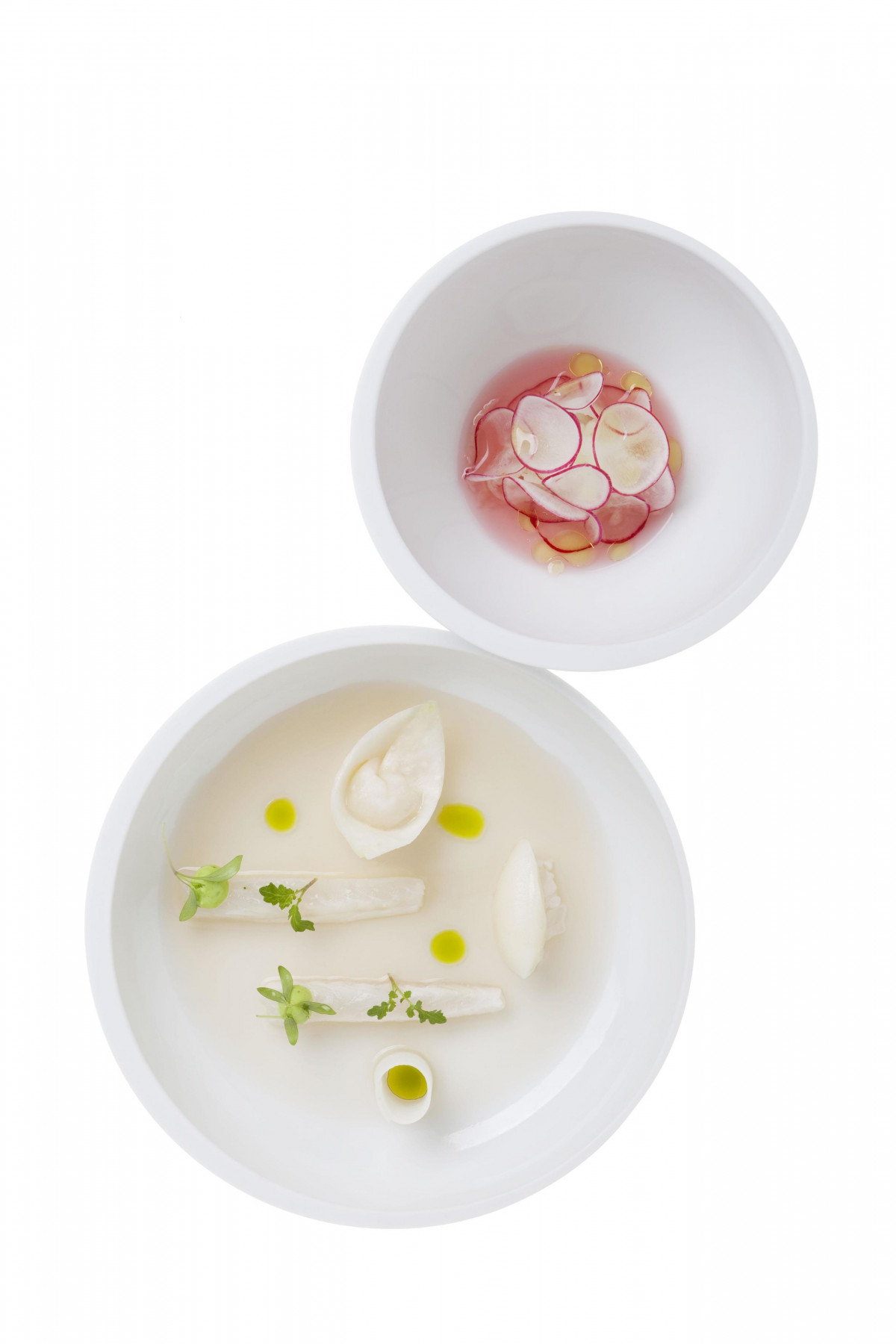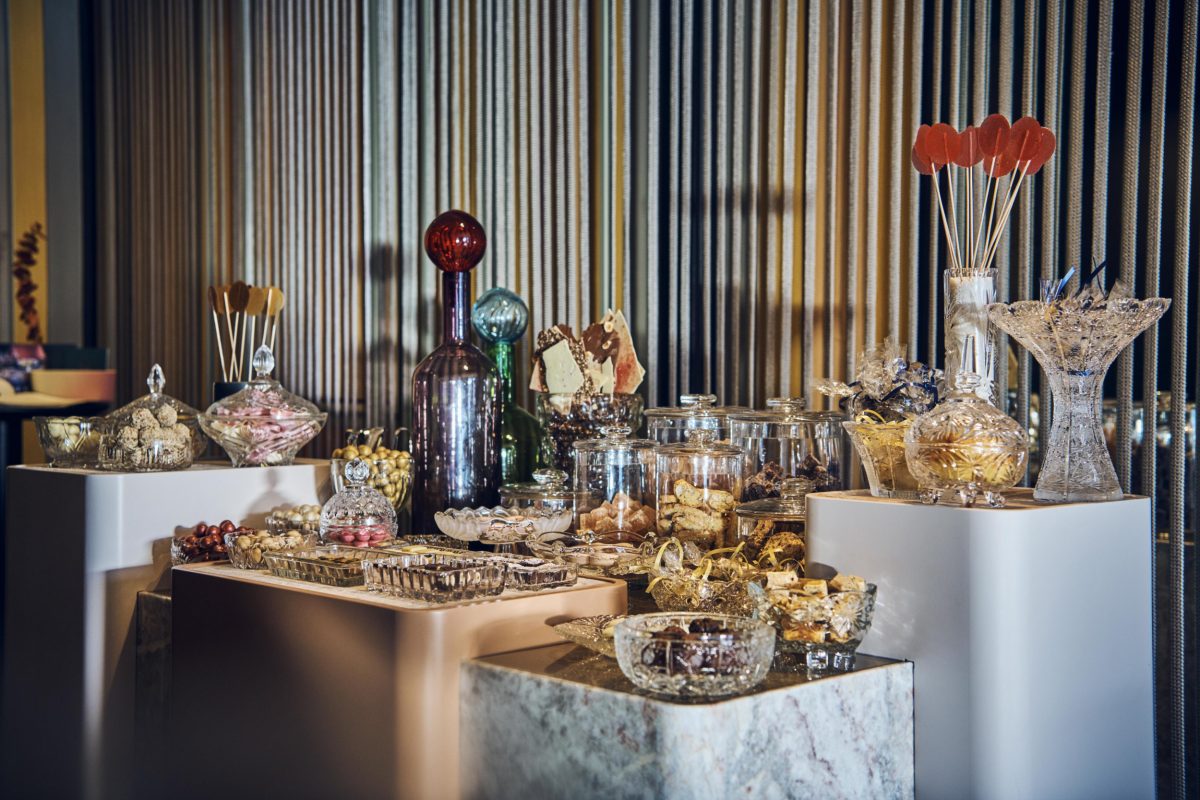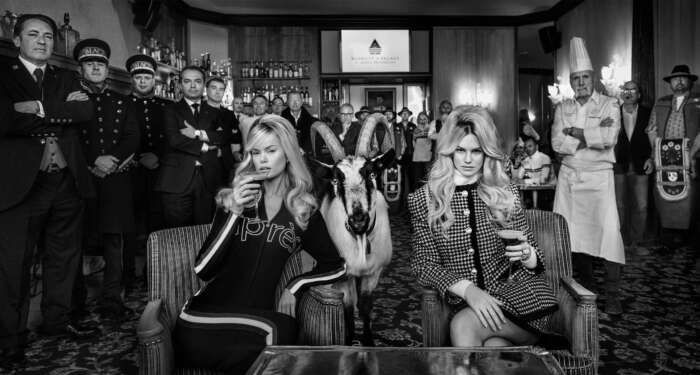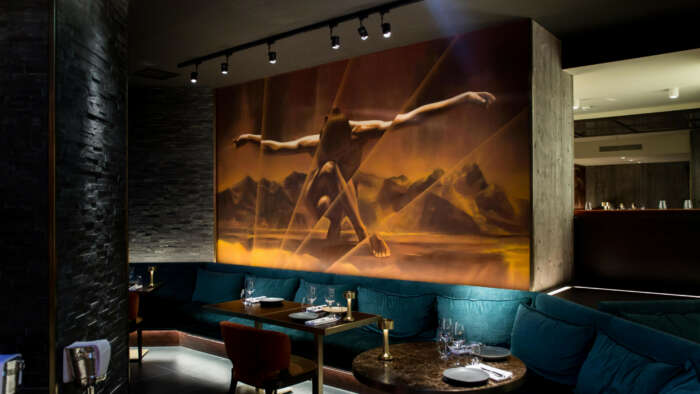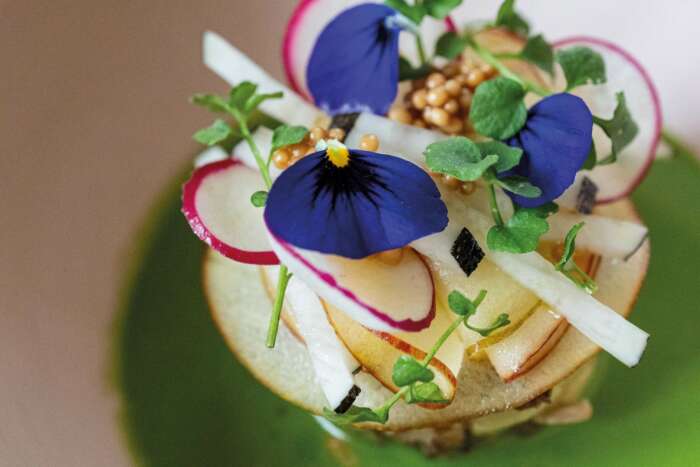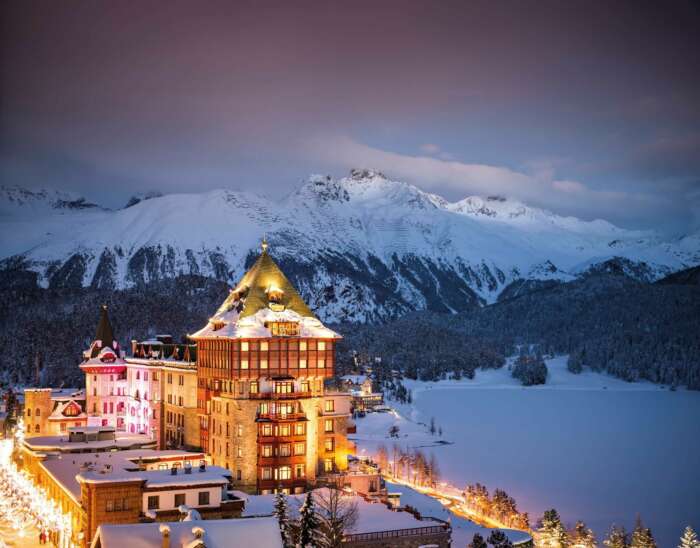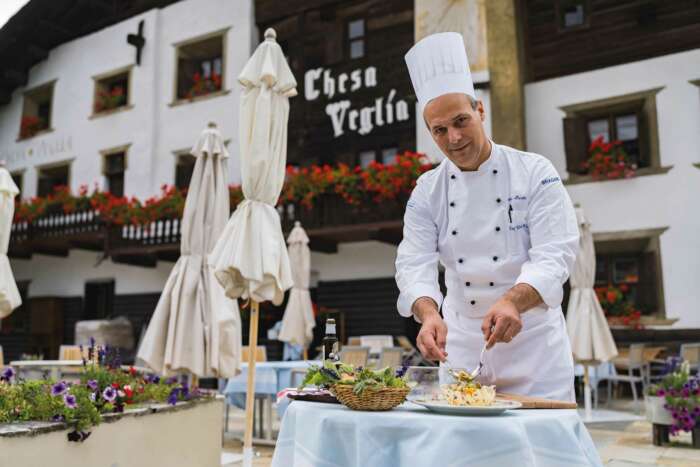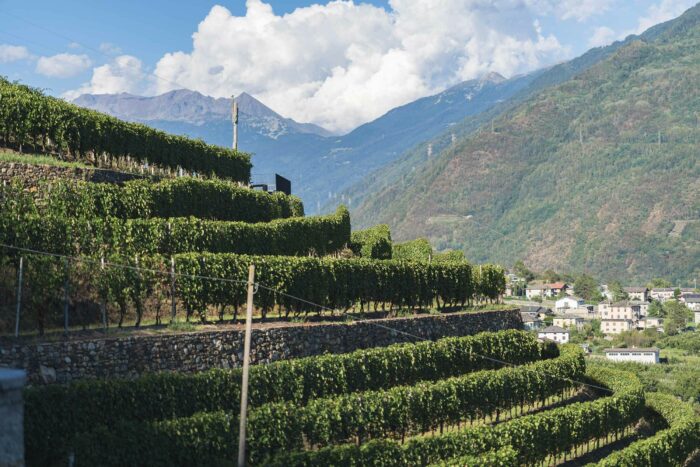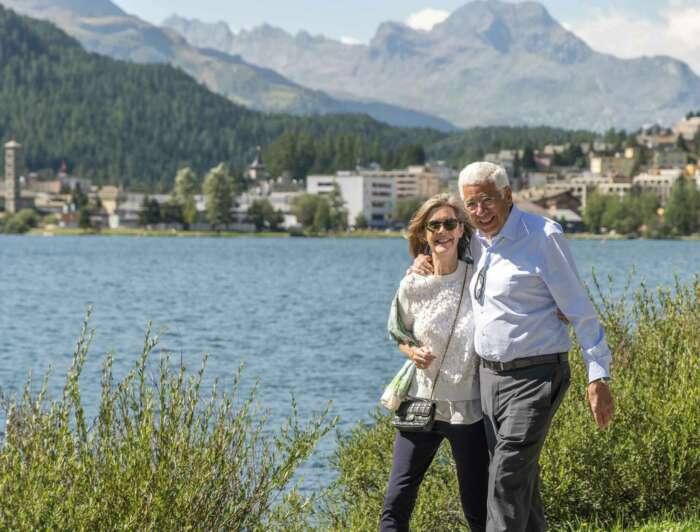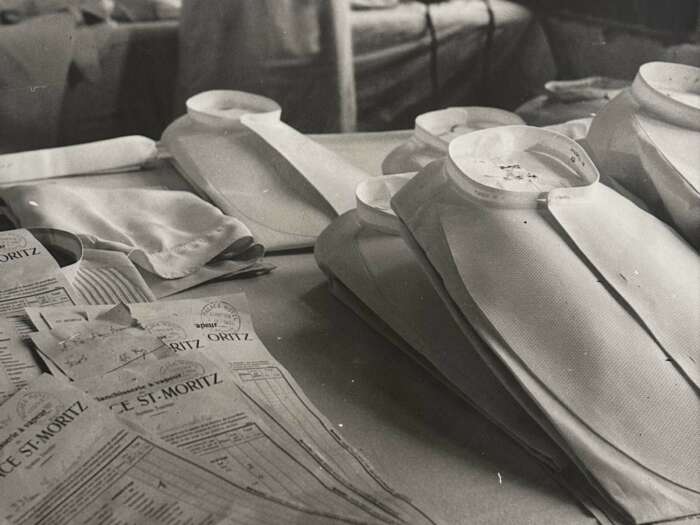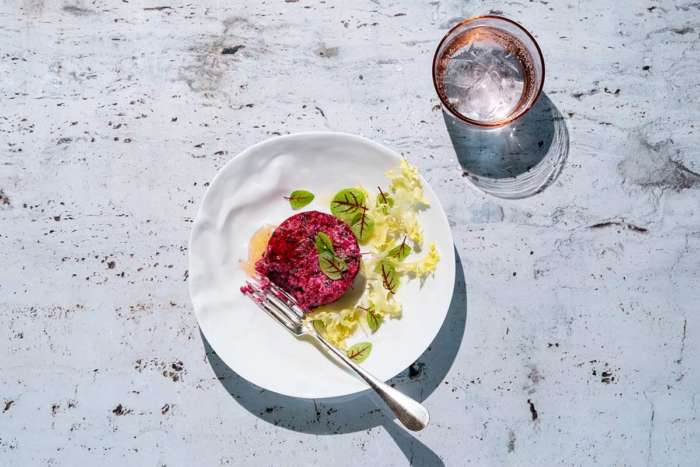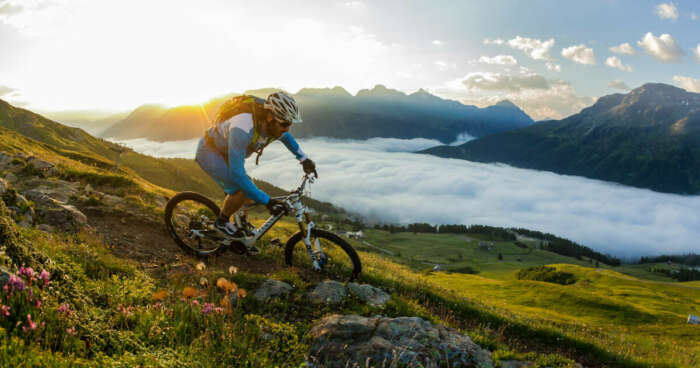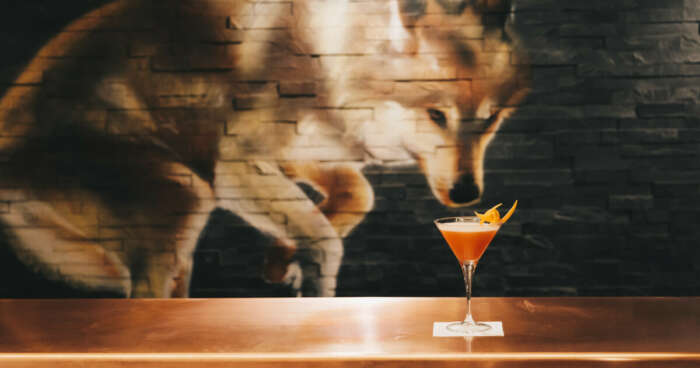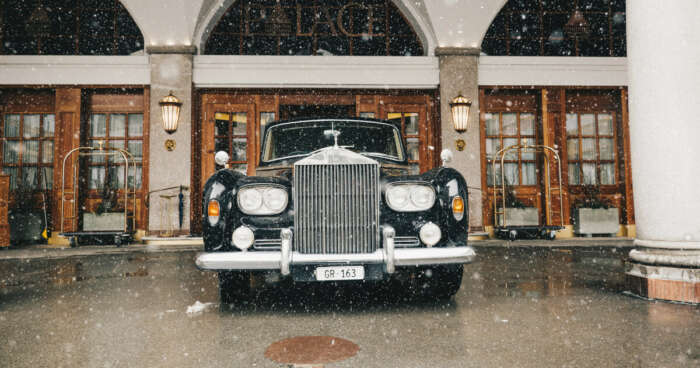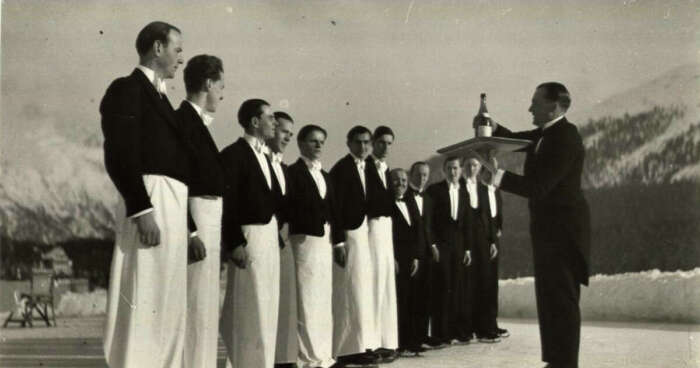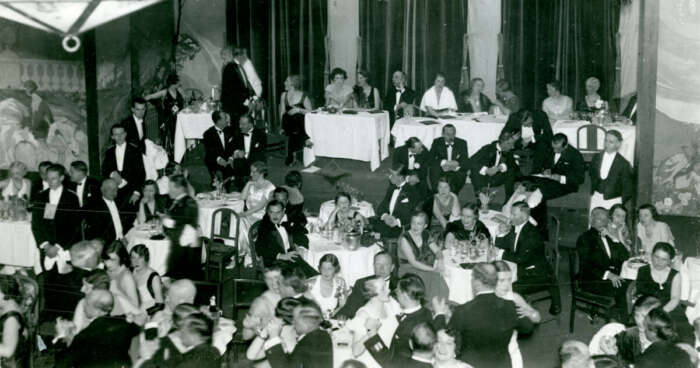In case you hadn’t noticed, sustainability is the hottest topic in restaurants right now. Chefs are focusing more than ever on locally sourced ingredients, with ‘zero waste’ the current buzzword, while plant-based menus and sustainable fish are already part of the landscape. “The new luxury is finding a place that is authentic,” declares three Michelin-starred Swiss chef Andreas Caminada.
For Andreas and many of his ilk, authentic means working sustainably and sourcing locally, using products that are grown organically within a short distance of their restaurants.
He currently has six restaurants. Four of his establishments are called IGNIV, one of which is located in Badrutt’s Palace Hotel (the others are in Bad Ragaz, Zürich and Bangkok). He also has a restaurant with rooms in the tiny Swiss town of Fürstenau, called Casa Caminada, and his flagship next door, Schauenstein Schloss Restaurant Hotel, which holds three Michelin stars, where he is planning to grow everything himself one day, he declares.
“You need to challenge yourself to realise your ambitions and dreams”
“I want the castle to be entirely self-sufficient,” he announces. “We have enough farmland; we have the knowledge and we have the technology – we just need to get on and do it. Yes, it will be a challenge, but you need to challenge yourself to realise your ambitions and dreams,” he reasons.
You could argue that Andreas has already done that. He cooked his way to the top of the world’s culinary hierarchy in just seven years, going from no stars to three Michelin stars and 19 points in the French gourmet restaurant guide Gault&Millau. Not to mention the plethora of other awards, the latest of which is Most Sustainable Restaurant in the World’s 50 Best for Schloss Schauenstein.
Sustainable ambitions
It was only a couple of years ago that Andreas made the switch to using a majority of local products. “It’s quite simple – we want people to taste what we have in our region,” he says. Combine that with his classical technique rooted in French tradition and you get something very special indeed.
Half the dishes on the menu at his castle in the Swiss Alps are made only with vegetables (the majority of which are grown in his gardens and greenhouses), with meat – and local meat at that, including deer, game and pigeon – used occasionally. Fish comes from Swiss mountain lakes – notably from nearby Walensee, where he also sources his caviar harvested from white lake fish. The restaurant uses 100 per cent renewable energy, making use of hydropower, and produce arrives in reusable packaging (baskets and glass) with the rest collected by a local company that converts it into more renewable energy.
“It can be challenging in winter but with that challenge comes creativity”
Add to that their own wood-fired bakery and coffee roastery, and Andrea’s figure of 90 per cent locally sourced produce at the castle starts to make sense – even though there can be snow on the ground for up three months of the year. “It can be a challenge in the winter, yes, but with that challenge comes creativity and that excites me,” he says.
“We love surprising our guests with dishes made using humble ingredients that everybody is familiar with,” he adds. Ingredients such as red chicory, which he serves as an icecream paired with a salted yoghurt foam, with smoked oil and a chiffonade of more chicory. Another is char, which he lightly smokes and serves with kohlrabi, quince and a vinaigrette of onion and hazelnuts. Or cured pork neck, which he serves with a dried pear purée, fermented pears, a bouillon of pork, onions, lardo and spiced oil.
Going green at Badrutt’s Palace
Things are more casual at IGNIV at Badrutt’s Palace in St. Moritz. Pronounced igg-niv, the name is a Rhaeto-Romance word (Switzerland’s fourth official language) meaning ‘nest’, the concept born out of his craving for something new after 10 years at the castle. “I thought, OK what’s next? I need a project,” he laughs.
This is the sixth season for IGNIV at Badrutt’s Palace, which is just a 50-minute drive over the hills from Schloss Schauenstein. “As a kid I always loved seeing these famous old Swiss hotels and Badrutt’s is a role model. It has such history and an amazing food and beverage offering, and it has always been a dream for me to be a part of that,” he says.
The first IGNIV opened in the Grand Resort Bad Ragaz five years ago. The sharing concept went down so well that he opened another, at Badrutt’s Palace in St. Moritz, with long-serving colleague Marcel Skibba as head chef. Only nine months after it opened in December 2016, Chef Skibba was awarded the first Michelin star for the restaurant’s collaborative approach to dining. Three years later, Switzerland’s 2020 Michelin Guide awarded him a second Michelin star, praising IGNIV’s innovative approach to regional cuisine.
All his IGNIV restaurants have the same ethos of sharing, sustainability and local sourcing. “Of course you’ll find IGNIV signature dishes on here too, but each head chef puts their own stamp on the menu,” explains Andreas, who confesses to dropping by his restaurant at the Palace on his day off so he can combine a visit to the restaurant with a few hours on the slopes.
“IGNIV is about sharing memories and moments while enjoying our food”
It turns out that it’s not just the skiing that the Swiss chef enjoys in St. Moritz – the town’s restaurants hold a particular appeal. He says: “There are so many good places to eat here. In the hotel itself I love La Coupole – Matsuhisa for its interesting flavours, and you can’t beat the pizzas in Chesa Veglia. There’s a wonderful traditional place called Krone that we also love. And El Paradiso high up in the mountains is such a beautiful location – don’t miss the mille-feuille with vanilla cream.”
IGNIV is about bringing people together around the table. Andreas explains: “We do dishes here that we can’t do at the castle. For example, we smoke a whole lettuce, then cut it in half and load lots of nice things on top of it, which the table shares. Another signature is the fish soup, presented to the table in one dish, with bowls alongside to help yourselves. It’s about sharing memories and moments while enjoying our food.”
And like the castle, sustainability is key at IGNIV, with around 60 per cent of all products locally sourced. Similarly, there are sustainable practices galore, from the minimal food waste turned into renewable energy, to the mineral water bottled at source in reusable bottles.
The sustainable message
To spread the word about the importance of local sourcing, Andreas and his team hosts an annual food market in Fürstenau every September, which attracts up to 5,000 visitors. It includes 55 producer stands (which farmers aren’t charged for) and chef appearances. “It’s our way of saying thank you to our producers,” he says.
In 2015, in part thanks to contributions from every table booked (two Swiss Francs are added to every restaurant bill), the chef and his wife created the Fundaziun Uccelin to seek out young talented hospitality professionals, which has since grown into a global network with more than 70 of the world’s best restaurants as partners.
“The restaurant industry can lead the way on sustainability”
Since winning the sustainability award, Andreas organised a meeting of minds at the castle between famous chefs and scientists, among them René Redzepi of Copenhagen’s Noma restaurant, and Ana Ros of Hiša Franko in Slovenia, in what he hopes will be an annual event.
“We shared ideas, we talked about what we can do to make it even better in the future,” he says, citing America’s Dan Barber at Blue Hill at Stone Barns restaurant in New York as a key inspiration. “The restaurant industry can lead the way on sustainability. We are like lighthouses, guiding the way.”
Updated in December 2020
